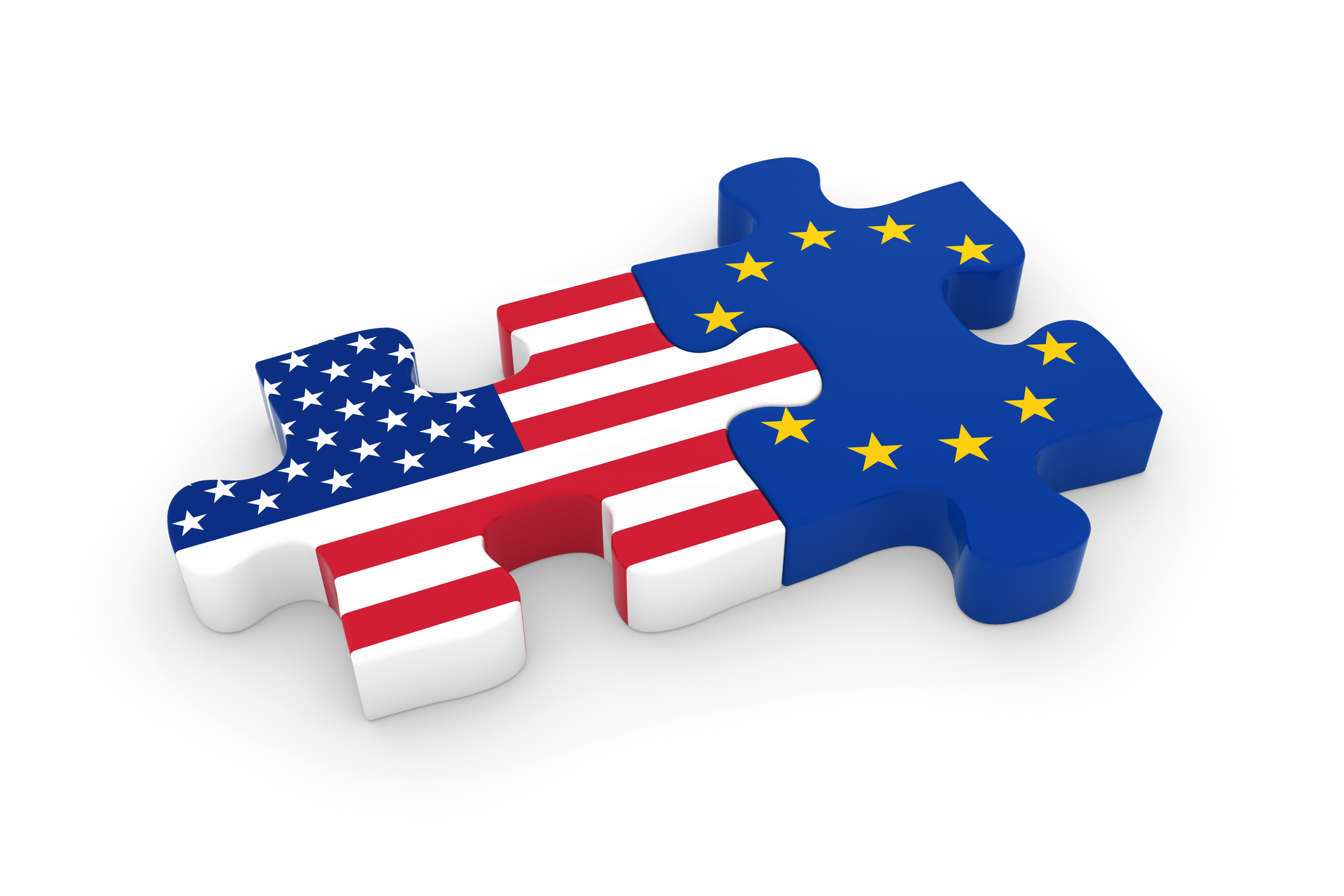Using voluntary, consensus standards to support medical devices regulations

Developments on both sides of the Atlantic in the use of standards
With its work plan for implementing The 21st Century Cures Act, the US FDA has introduced changes in its programme to recognise standards in support of medical devices regulation. Manufacturers can submit a declaration of conformity to a recognised standard to facilitate the review process to clear their devices. The FDA has recognised more than 1,200 standards developed nationally within the USA or internationally by ISO and IEC. The FDA has recognised that greater use of nationally and internationally recognised standards can promote more efficient and consistent review and reduce the burden on manufacturer from inconsistent standards being used by different jurisdictions. In changes to the programme, any interested party can submit a request to FDA to recognise a standard produced by an acknowledged standards development organization.
In Europe, in contrast, there continues to be a jam in the official harmonisation of European standards against the medical devices Directives. There are significant delays in listing new and revised standards in the Official Journal. It is currently estimated that some 400 standards are caught up in the jam.
Harmonised standards continue to have a role in supporting the Medical Devices Regulation and In Vitro Diagnostic Medical Device Regulation. Article 8 indicates that a device or process in conformity with relevant harmonised standard has a presumption of conformity with the requirements of the Regulations covered by that standard. Technical Committees will have to revise existing standards to the Regulations. The scope of each standard will have to be reviewed in light of the requirements of the new Regulations. New standards may need to be developed in order to cover issues such as new types of devices, new regulated practices, and more detailed safety and performance requirements.
The European Commission needs to make a request to the European Standards Organizations for the development of harmonised standards. As there are two new Regulations, two standardisation requests, one for each Regulation, are expected. The process of drafting and finalising a standardisation request takes, in the best-case, from 6 months to 1 year. In the interim, Technical Committees are developing programmes to tackle revisions of existing standards and drafting of new standards.
While the US FDA is expanding its standards programme and its participation in national and international standards development, participation by European regulatory authorities is extremely limited. The expectation in Europe is that the number of standards that will be formally harmonised against the Regulations will be quite low. The focus will likely be harmonising horizontal standards that cover all devices or broad groups of devices. Examples include quality management systems, risk management, sterilization, and labelling and symbols.
Irrespective of the harmonisation status, published standards represent a consensus of good practice. Standards are an important tool in demonstrating conformance with regulatory requirements. You will need to keep up to date with developments in standards that affect your products or processes.
Author: Eamonn Hoxey, of E V Hoxey Ltd, UK, is a writer, trainer and consultant on a range of life science areas including regulatory compliance, quality management, sterility assurance and standards development.
The Compliance Navigator blog is issued for information only. It does not constitute an official or agreed position of BSI Standards Ltd or of the BSI Notified Body. The views expressed are entirely those of the authors.

